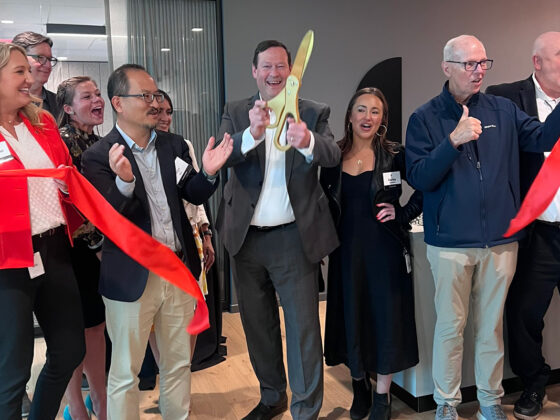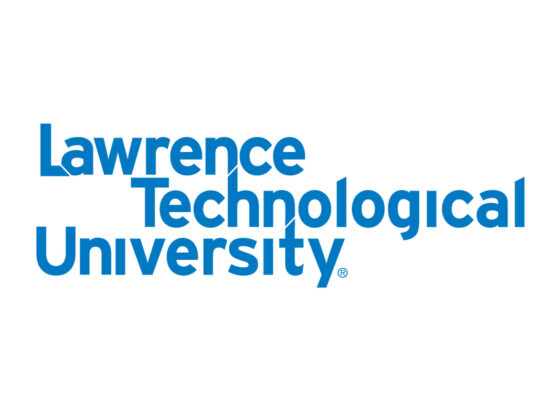From the Detroit Free Press
by Alisa Priddle
Iron cast foundries may evoke visions of Charles Dickens’ novels, but a Michigan supplier has taken bankrupt assets and forged a 21st-Century business model and strategy of aggressive growth.
The company is Grede Holdings, and it was formed in 2010 with the merged assets of three companies: Grede Foundries, Blackhawk Foundry and Citation.
Running the show is Douglas Grimm, who joined Citation as CEO in January 2008 and orchestrated the creation of a new entity from the ashes of bankrupt companies. Grimm saw revenue at Citation fall to $224 million in 2009 from about $500 million in 2008. Grede was not much better at $350 million.
The new Grede will hit $1.1 billion this year.
The goal is $3 billion over the next five years with further growth and acquisitions in North America and international expansion at the request of customers who want them in Europe and China.
It is an aggressive future borne of bold moves during tough times.
The iron casting business in the U.S. was in turmoil from 2000 to 2010 with poor management and a business model subject to price reductions, rising commodity costs and declining consumer demand in much of the world.
“I came here in January 2008 with a vision to fix Citation and help consolidate the industry,” said Grimm, who has done seven acquisitions in four years.
“The banks called me ‘toxic’ in 2009. No one would invest or lend money,” he said.
But customers and small communities with plants rooted for the company’s survival.
Grimm found investment partners and set the deal in motion that created the new Grede. Two weeks before closing the deal in February 2010, the CEO organized an off-site “playbook meeting” of the top 50 managers of the merging businesses.
Teams were formed to identify the best people, practices, plants and processes. They were explicitly told not to create new ways of doing things — there was no time.
Grimm learned as a Chrysler employee during the acquisition of American Motors in 1987 that quick decisions and integration were key to success.
The integration teams had 90 days to make decisions. “Or I would,” Grimm said.
There are 21 plants today — nine have been sold or closed since 2007. Two Mexican plants were bought last year.
The team’s decisions resulted in moving 1,800 tools between plants from August 2010 to December 2011 to ensure the right tool was in the right plant for the greatest efficiency, or what Grimm calls “rifle-shot capacity” with specific product lines, customers and markets.
The moves freed an additional $250 million in sales capacity in an industry where a new foundry costs $100 million to build and can take up to three years.
“I thought I had $800 million sales capacity. This year I am doing $1.1 billion,” he said.
The company also consolidated from three headquarters to one in Southfield with 40 employees.
Grimm also wanted a smarter business model. He found that 34% of the firm’s receivables were past due. Today, that is down to 3.2%. The goal is 2%. “You can’t be a bank for your customers,” Grimm said.
Grimm has also reduced health care costs from $10,000 to $3,500 per employee by changing parts of the plans and focusing on wellness initiatives like joining a gym. Such practices are rewarded with premium refunds.
By May 2010, the 1,700 Grede and 1,000 Citation employees were integrated, in time to benefit from the industry’s turnaround.
Today, there are 5,300 employees in the U.S. and Mexico.
Grimm has sought market diversity. Today about 45% of business is automotive; 30% industrial equipment and 25% heavy truck.
Ideally, he wants a three-way split, but realistically he thinks auto components will always hold the highest stake.
Despite automakers’ push for lighter-weight materials, iron casting is making a comeback. Ductile iron is stronger and cheaper than aluminum, and there have been advances that have reduced its weight.
Grede does lost-foam casting that combines a number of parts into a single, lighter casting. And Grede has a licensing agreement with technical partner Georg Fisher of Switzerland to use SiboDur technology that reduces weight by 30%. SiboDur is being validated for use by Grede’s North American customers by 2014 when Grede will be supplying parts to General Motors for its next-generation full-size pickups and SUVs.
“Successful companies have low-cost solutions,” said Ron Krupitzer, vice president of the Steel Market Development Institute in Southfield.
“The general economic factor cannot be ignored even as new scientific materials and processes come out. You still have to conquer the economics,” Krupitzer said.
Grimm’s legacy companies have endured three bankruptcies and three liquidations. He has flirted too many times with extinction.
“It’s a huge turnaround story,” Grimm said of Grede. “We’re the only iron casting business in North America aggressively investing and growing.
He’s determined not to falter again.
“We can’t go through bankruptcy again,” he said. “One more would be the end.”
Contact Alisa Priddle: 313-222-5394 or apriddle@freepress.com
More Details: GREDE HOLDINGS
What: Private company specializing in iron castings
Headquarters: Southfield
Employees: 5,300 in the U.S. and Mexico
Founding: Current company was formed in 2010 with assets of the former Grede Foundries,
Blackhawk Foundry and Citation
President: Douglas Grimm
Website: www.grede.com
Plants: 21 in Michigan, Wisconsin, Alabama, Indiana, North Carolina, Nebraska, Minnesota and
Monterrey, Mexico
Revenue: Projected to be $1.1 billion in 2012
Key products: Steering knuckles, control arms, axle carriers, turbocharger and turbine housings,
brake calipers, etc., for auto, heavy truck and industrial equipment sectors





